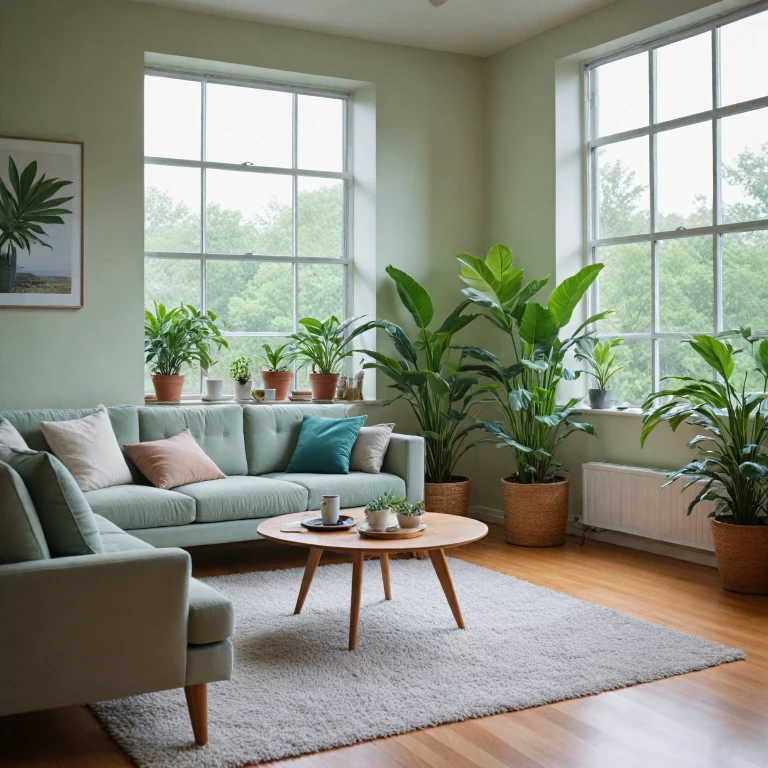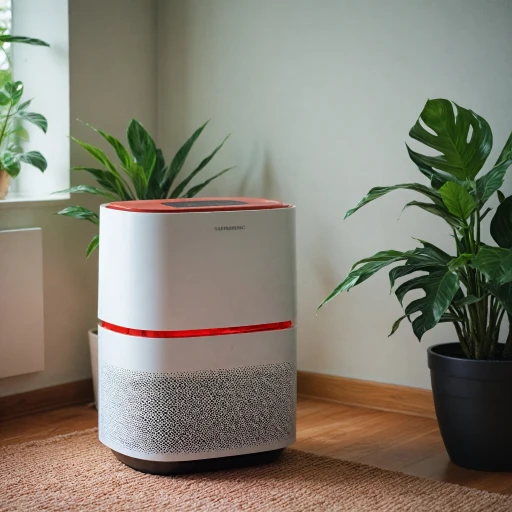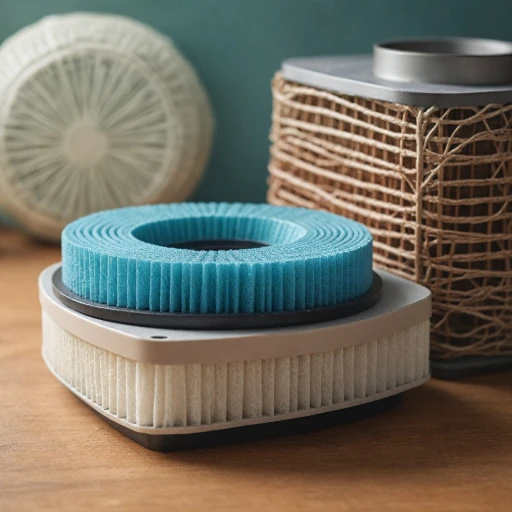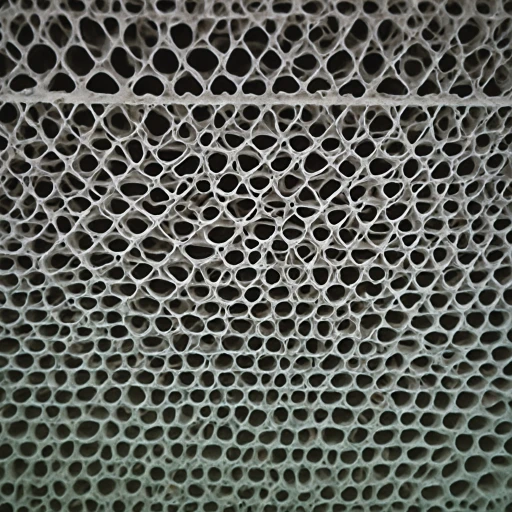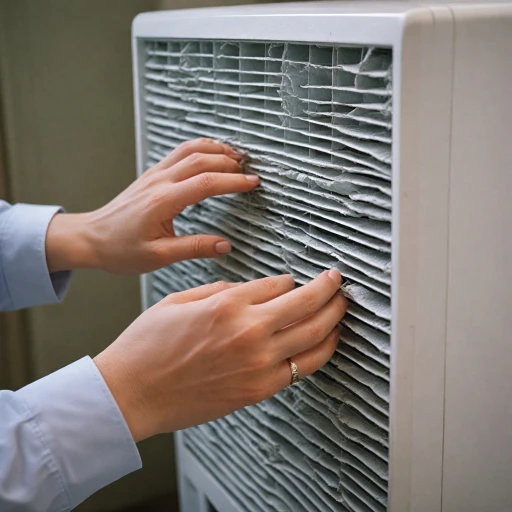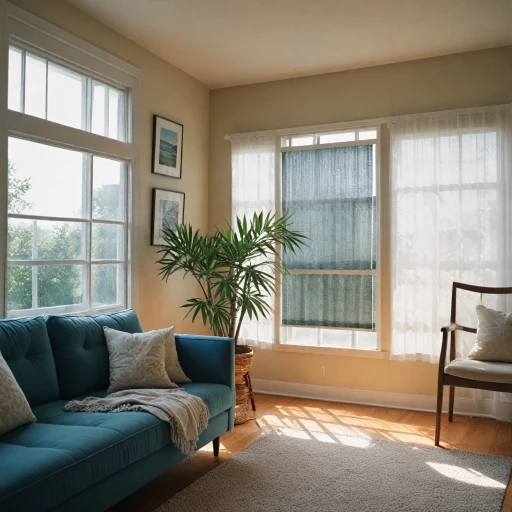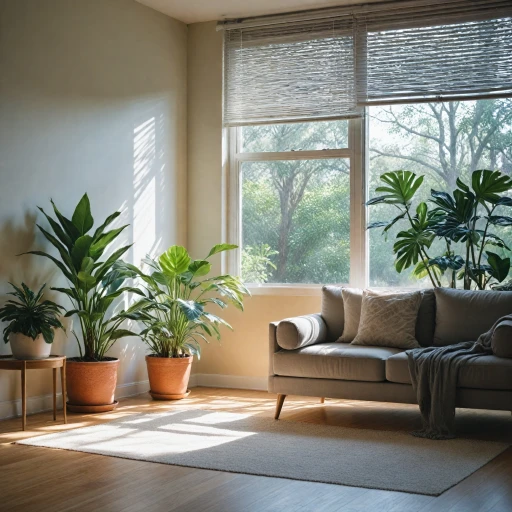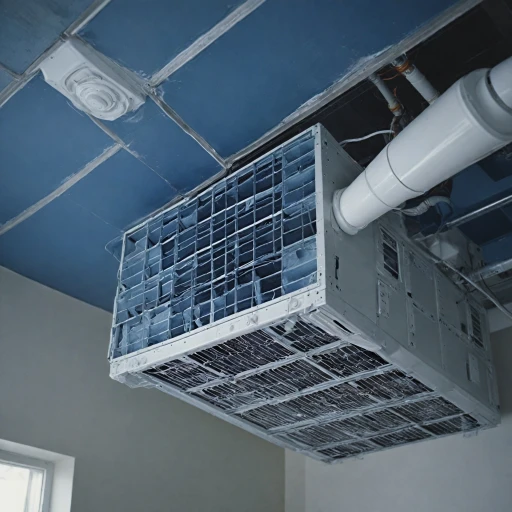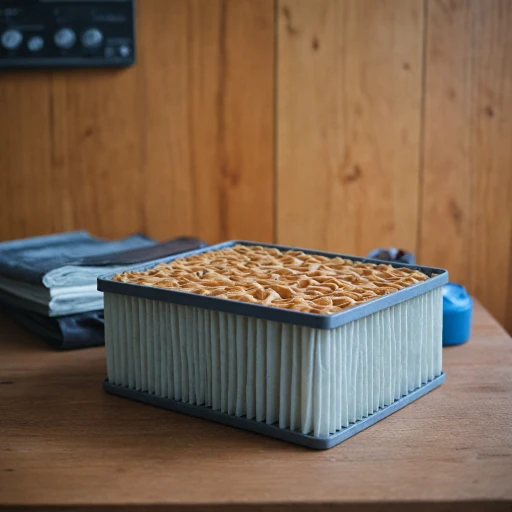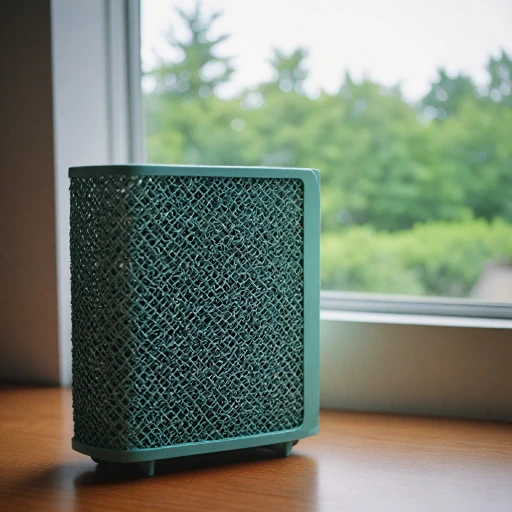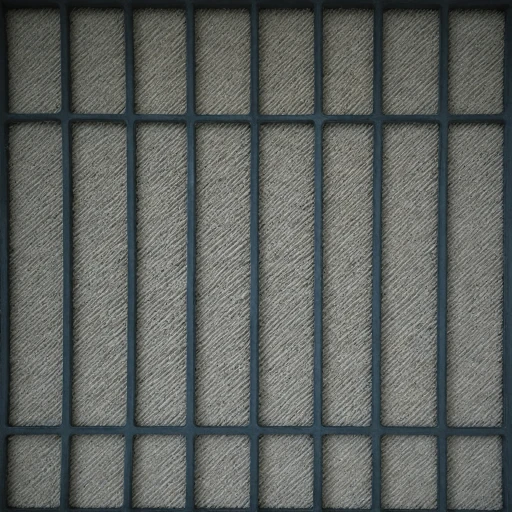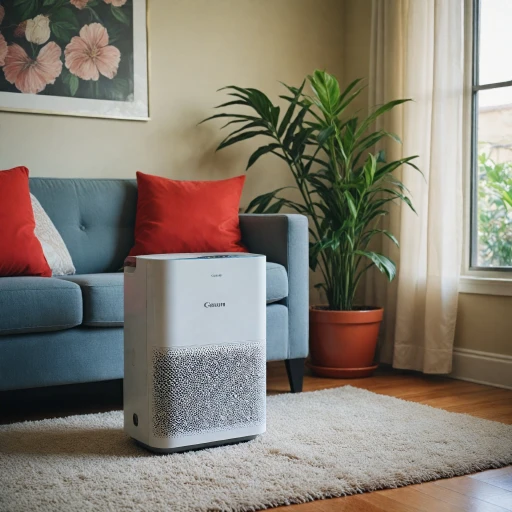
Understanding Your Air Purifier
Getting to Know Your Device
Understanding the capabilities of your air purifier is essential to achieving the best indoor air quality. Air purifiers are equipped with varied filtration systems, each designed to handle specific pollutants like dust, pollen, and even harmful particles from air pollution. Most modern devices include a high-efficiency particulate air (HEPA) filter, which captures at least 99.97% of airborne particles as small as 0.3 microns, ensuring cleaner air in your living space.Types of Filtration Systems
- HEPA Filters: Among the most effective, HEPA filters remove tiny particles, making them ideal for capturing allergens like dust and pollen.
- Activated Carbon Filters: Useful for absorbing odors, gases, and volatile organic compounds, providing a comprehensive air-cleaning action when complemented by a HEPA filter.
- Reusable Filters: Some devices come with washable filters, which can be more economical in the long run if maintained properly.
Choosing the Right Air Purifier
Selecting a device involves more than just opting for high efficiency. Placement in the room can significantly impact its performance, helping you improve indoor air quality more effectively. Factors like the size of the room and the specific pollutants you aim to remove can influence this decision. To further optimize air quality in your living room or other spaces, consider various placements that maximize exposure to indoor air pollutants. Exploring these components and their interactions with your surroundings helps ensure your air purifier operates at its peak performance, ultimately leading to a cleaner and healthier indoor atmosphere. For further insights on strategic placement, check out this optimal placement guide.Placement for Optimal Performance
Finding the Best Spot for Your Air Purifier
For optimal performance, placing your air purifier in the right location is crucial. The placement of the device significantly impacts its ability to remove dust, particles, and other pollutants from your indoor air. Here are some tips to help you make the most of your air purifier:
- Central Location: Position your portable air purifier in the center of the room if possible. This allows it to draw in contaminated air from all directions, thereby improving air quality throughout the space.
- Clear Space: Ensure there’s at least a couple of feet of space around the purifier. Objects too close can hinder airflow, reducing the device's efficiency in running smoothly.
- Avoid Corners: Placing an air cleaner in a corner is not ideal as it can restrict air intake and output, leading to poorer air circulation. Instead, aim for an open area that facilitates efficient air movement.
- Room Considerations: For specific rooms, like a living room or bedroom, place the purifier near common sources of pollutants. For further guidance, explore expert tips on the optimal placement for your bedroom air purifier.
- Near Pollutant Sources: If your primary concern is a particular source of pollution, such as a dusty bookshelf or smoking area, consider placing the air cleaner closer to these spots to tackle pollutants at their origin.
Remember, the key to maintaining clean air lies not only in owning an air purifier but also in ensuring it is strategically placed in your home. This will greatly improve indoor air quality and optimize the efficiency of your air filtration system.
Operating Your Air Purifier
Empowering Your Air Purifier for Optimal Use
Once you have confidently selected the right air purifier for your room, maximizing its potential becomes the next critical step. Mastery in operating your purifier is key to ensuring clean and high quality indoor air. Dive into the specifics below to enhance your air purification strategy. Understanding the operation of your air purifier might seem daunting at first, but most purifiers are designed to ensure ease-of-use while maintaining air quality. Many modern devices allow for simple plug-and-use capabilities, making them ready to fight off particles such as dust, pollen, and other contaminants.- Read the Manual Thoroughly: Every air purifier has unique specifications. Make sure to familiarize yourself with the capabilities and functions of your specific model.
- Adjust the Settings: Most purifiers include settings for fan speed, which impacts how efficiently the cleaner will remove impurities. In busier environments like a living room, high fan speeds might be essential for maintaining clean air.
- Utilize Timers and Modes: Many purifiers offer advanced features such as sleep modes or timers. Understanding these allows for energy-saving while maintaining air cleanliness during optimal times.
- Incorporate Other Technologies: Some air purifiers come with added technologies like activated carbon filters or HEPA filters that enhance performance. Knowing when to use these features will further boost the device's efficiency at removing pollutants.
Maintenance and Filter Replacement
Keeping Your Air Purifier Running Smoothly
To ensure your air purifier operates at peak efficiency, regular maintenance is crucial. An essential component of this process is the replacement of the air filters. Over time, filters accumulate dust and particles, reducing the cleaner's ability to efficiently improve indoor air quality.
Typically, most air purifiers come with a combination of filters, including HEPA filters and activated carbon filters. HEPA filters are effective in capturing fine particles, while activated carbon helps in removing odors and chemical pollutants. Regularly checking and replacing these filters, as recommended by the manufacturer, is vital for maintaining clean air in your living room or any other space.
- Monitor Filter Lifespan: Understand each filter's lifespan, which can vary depending on usage and the level of air pollution in your room.
- Replacement Schedule: Most manufacturers recommend replacing HEPA filters every 6 to 12 months, while activated carbon filters might require replacement every 3 to 6 months.
- Cleaning Pre-Filters: Many air purifiers have washable pre-filters designed to capture larger particles. Regular cleaning of these pre-filters can help extend the life of the main filters.
Alongside filter maintenance, keep the device's exterior free from dust buildup to ensure unobstructed airflow and maintain room air cleanliness. Additionally, referring to the device’s manual can provide specific guidance tailored to your air cleaner model, ensuring best practices for high efficiency.
Troubleshooting Common Issues
Addressing Common Problems with Air Purifiers
Operating an air purifier is generally straightforward, but users may encounter issues that affect performance. Recognizing these concerns can enhance the efficiency of your device and maintain optimal indoor air quality.- Inadequate Air Flow: Placement and obstructions can limit air circulation. Ensure your air purifier is positioned correctly, allowing adequate space for air to flow freely. Avoid placing items too close to the air intake and outtake vents.
- Increased Dust Accumulation: If your device is not effectively reducing dust, check the filter. Some filters, like HEPA, require regular cleaning or replacement. When neglected, they lose efficiency, failing to trap dust and other particles.
- Foul Odors: This often results from a saturated filter. Certain air cleaners come with activated carbon filters that remove odors. Replacing them at the recommended interval ensures optimal performance and cleaner air.
- Persistent Allergens: If allergens persist despite using an air purifier, reconsider the device’s capacity relative to the room's size. A high efficiency portable air purifier may be needed for larger spaces like living rooms.
- Noise Levels: Excessively loud devices may be on an inappropriate setting. Lowering the fan speed can help, but if the issue persists, the device might require maintenance or could be indicative of design flaws in some models.
Maximizing Air Quality Benefits
Enhancing Air Quality with Your Device
To truly maximize the benefits of your air purifier, it's essential to understand how to leverage its capabilities effectively. By focusing on a few key strategies, you can ensure that your indoor air remains as clean and healthy as possible.
Strategic Placement for Cleaner Air
Where you place your air purifier can significantly impact its efficiency. Consider placing the device in rooms where you spend the most time, such as the living room or bedroom. This ensures that the air you breathe most often is filtered and clean. Remember, the best air quality is achieved when the purifier is not obstructed by furniture or walls, allowing it to circulate air freely.
Utilizing the Right Filters
Filters are the heart of any air purifier. High-efficiency particulate air (HEPA) filters are particularly effective at capturing small particles, including dust and allergens. Some purifiers also include activated carbon filters, which are excellent for removing odors and certain pollutants. Regularly checking and replacing these filters will maintain the purifier's performance and ensure the air remains clean.
Regular Maintenance for Optimal Performance
Routine maintenance is crucial for keeping your air purifier running smoothly. This includes cleaning the exterior and ensuring that the air intake and outlet are free from dust and debris. Regular maintenance not only prolongs the life of the device but also ensures it operates at its best efficiency.
Monitoring and Adjusting Settings
Many modern air purifiers come with adjustable settings that allow you to tailor their operation to your specific needs. For instance, increasing the fan speed can be beneficial during times of high air pollution or when you need to quickly remove particles from the room. Conversely, a lower setting might be more appropriate for maintaining air quality in a quieter environment.
Creating a Comprehensive Air Quality Strategy
While air purifiers are powerful tools for improving indoor air quality, they work best when combined with other strategies. Regular cleaning, reducing sources of indoor pollution, and ensuring proper ventilation can all contribute to a healthier indoor environment. By integrating these practices, you can create a comprehensive approach to maintaining high air quality in your home.
